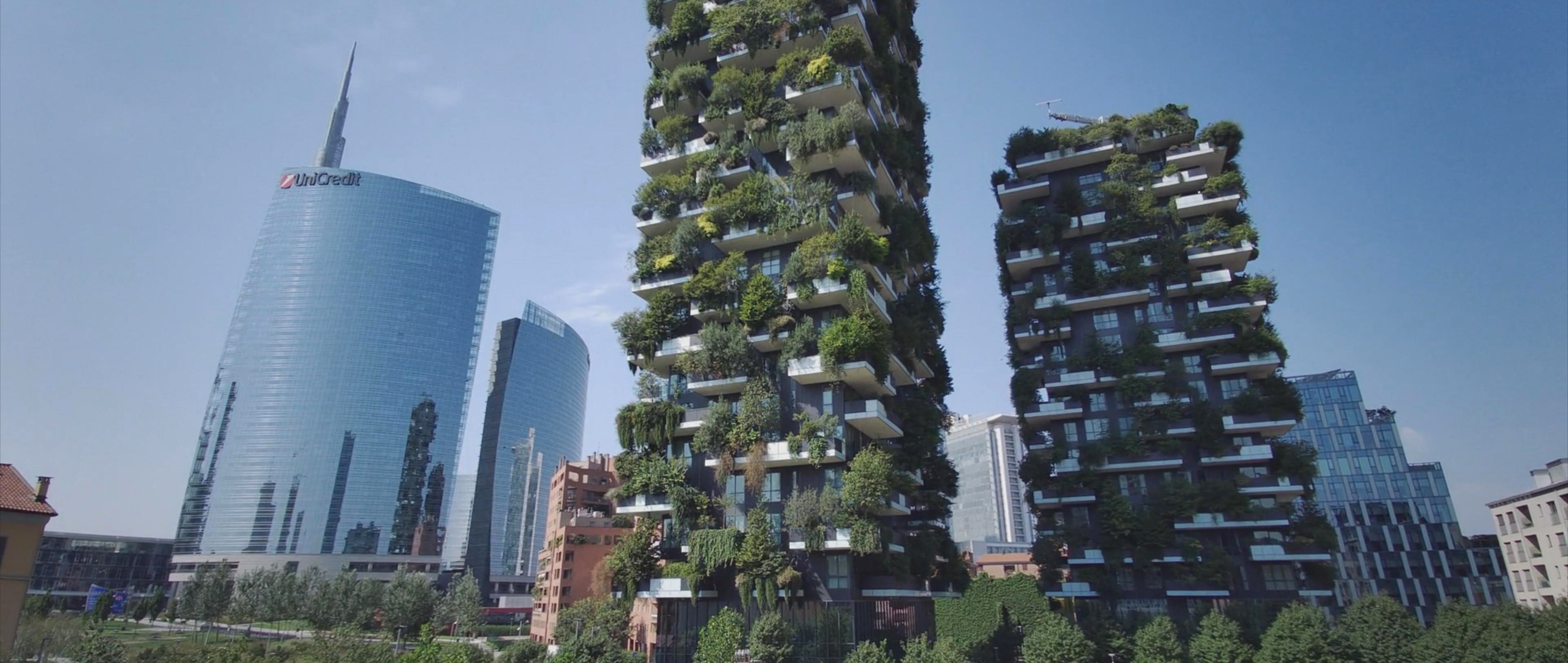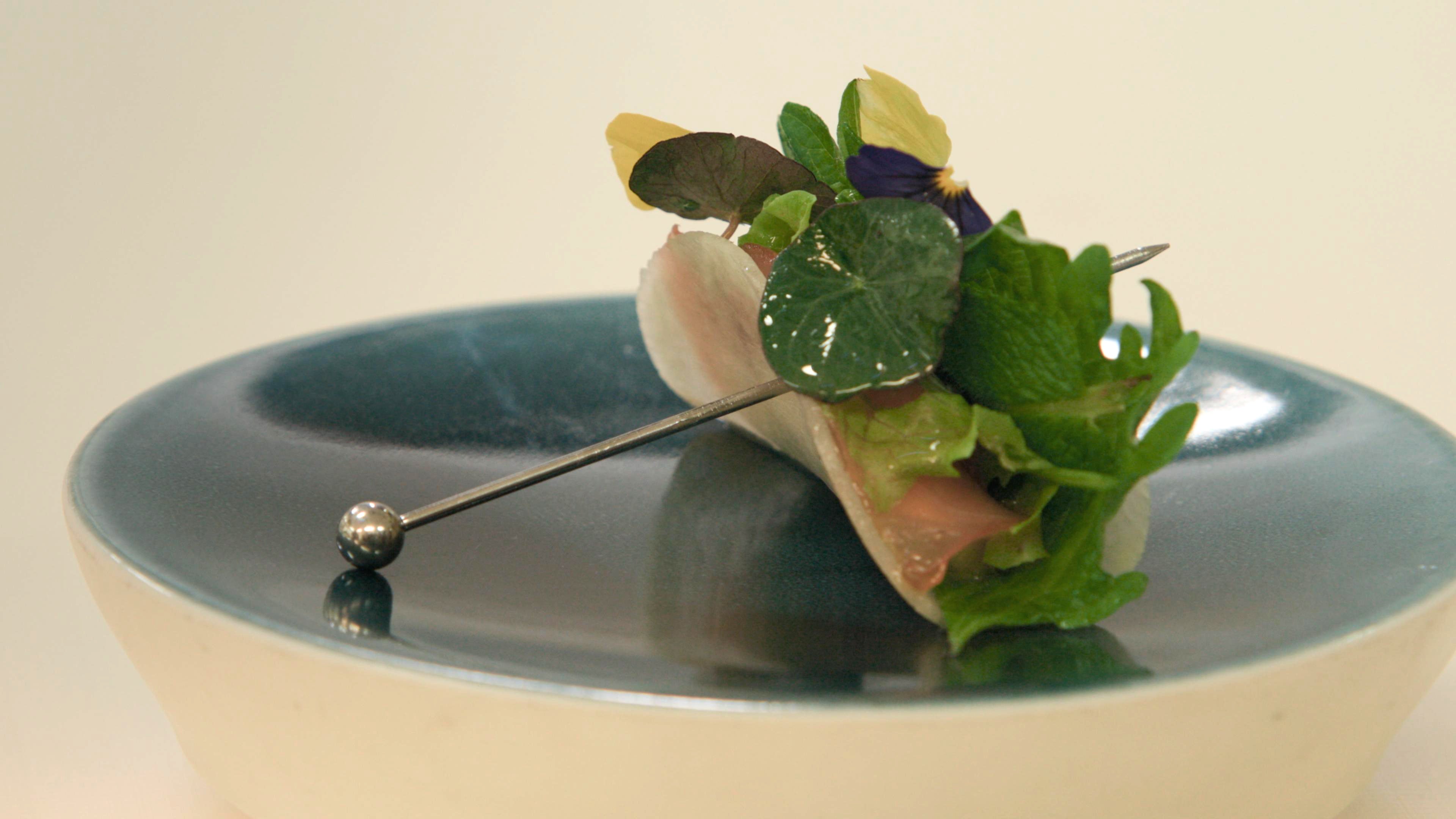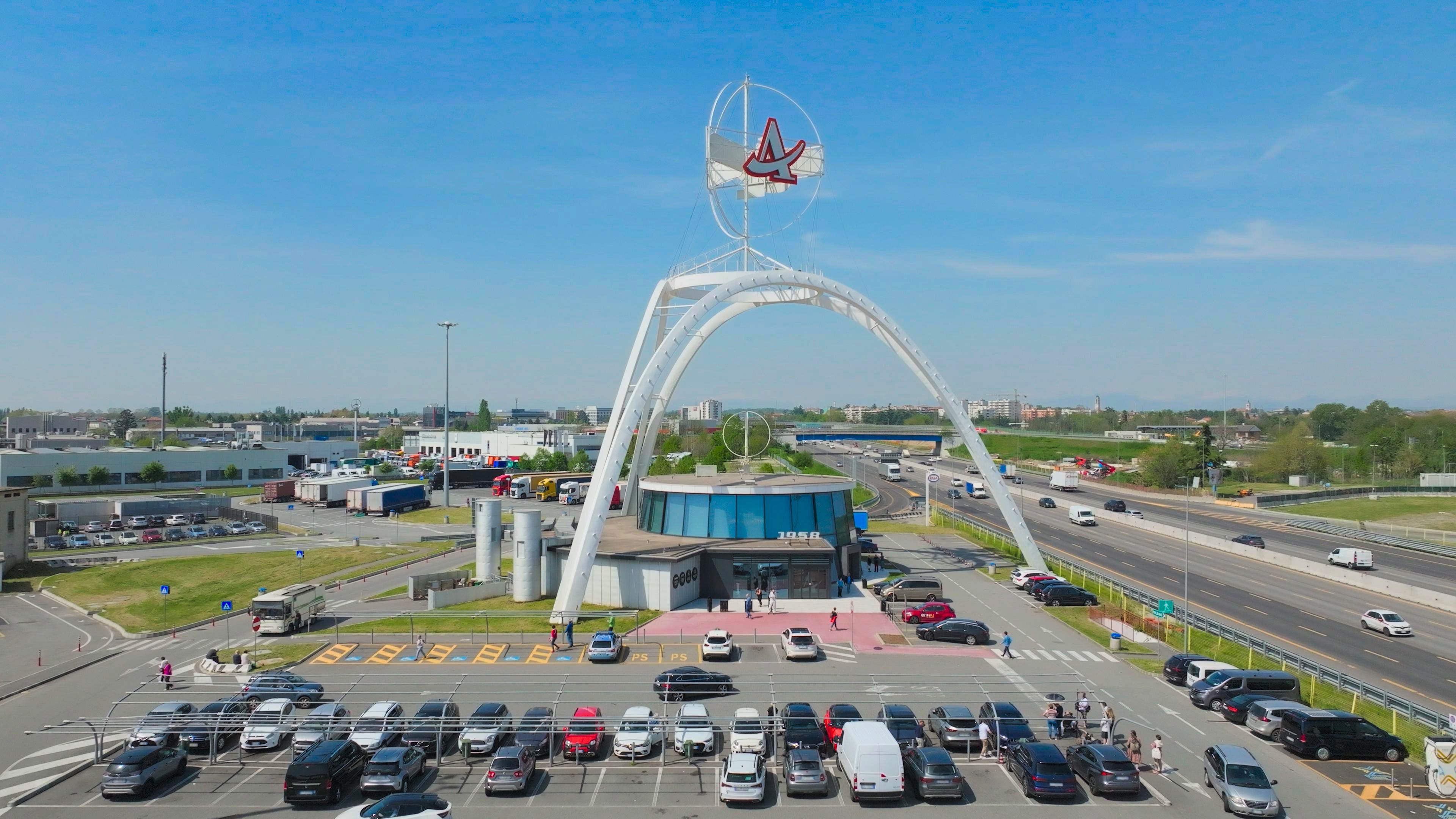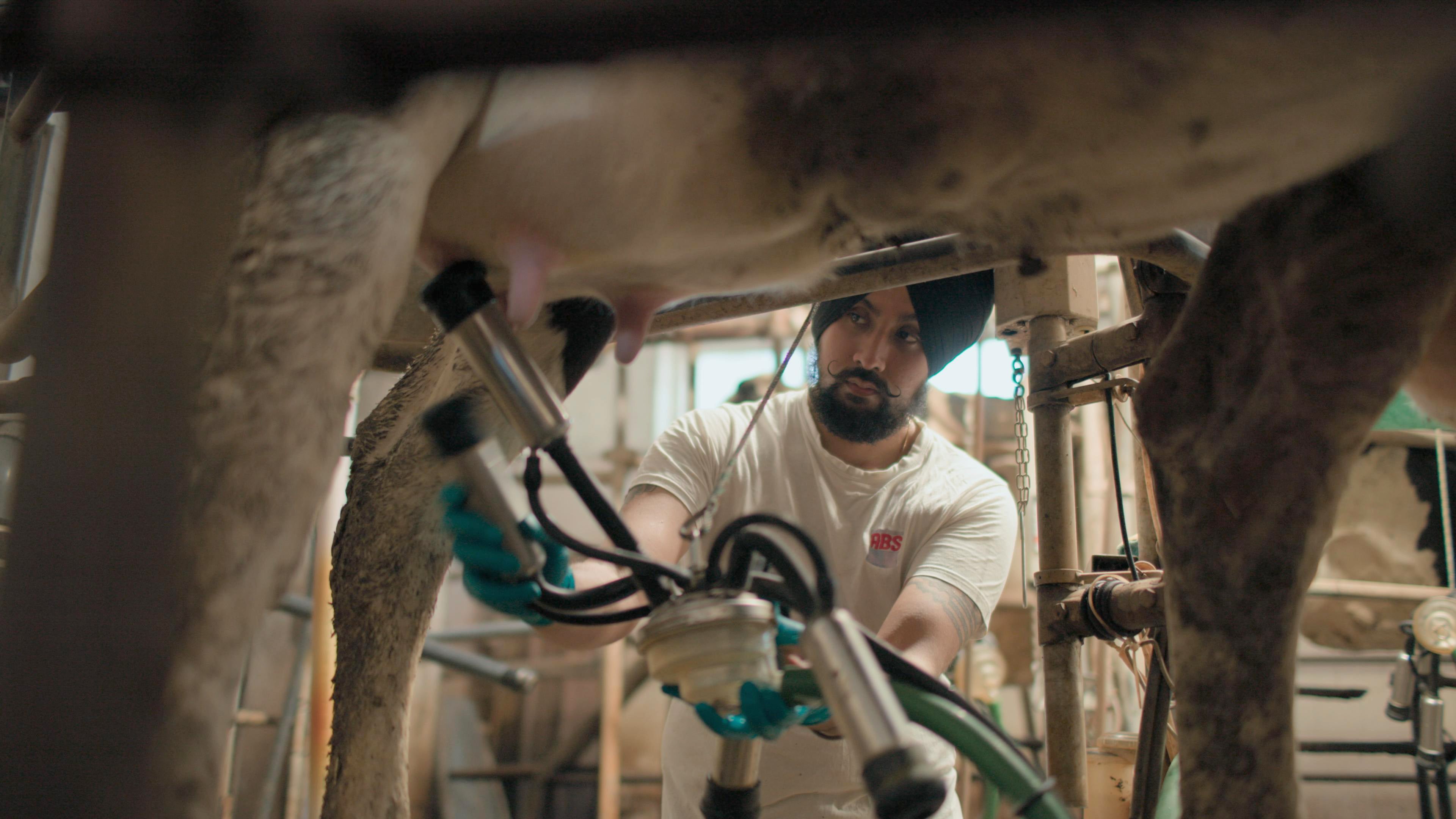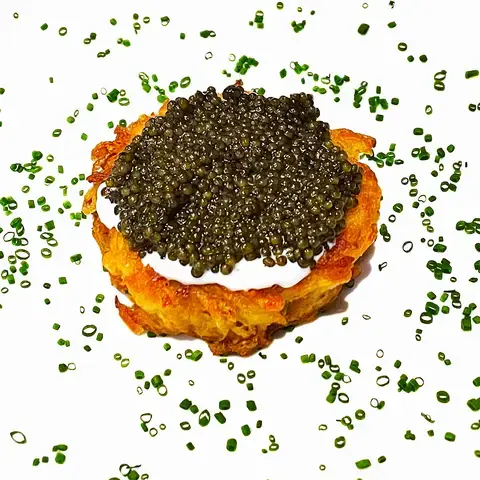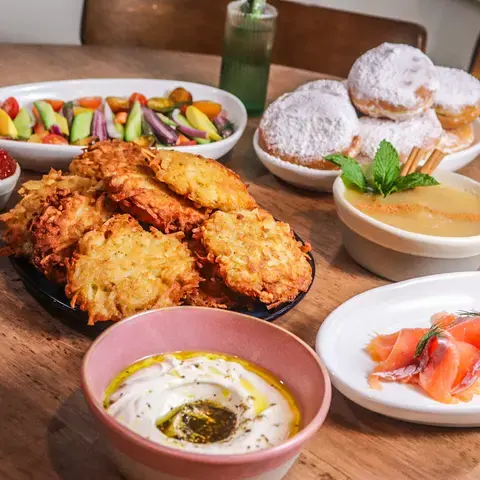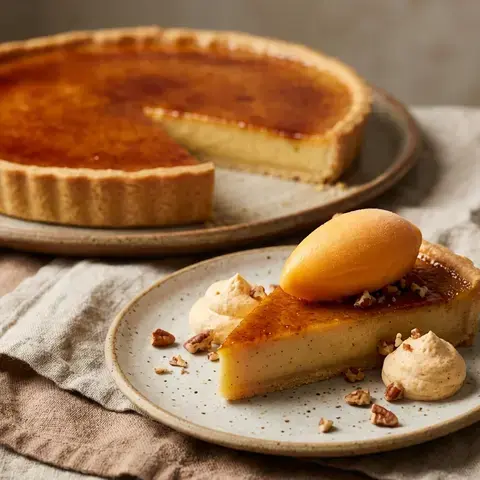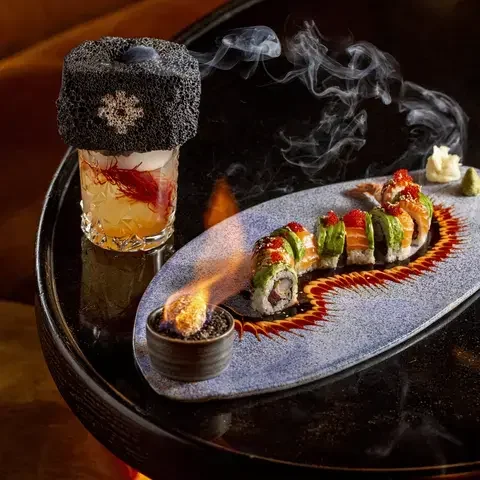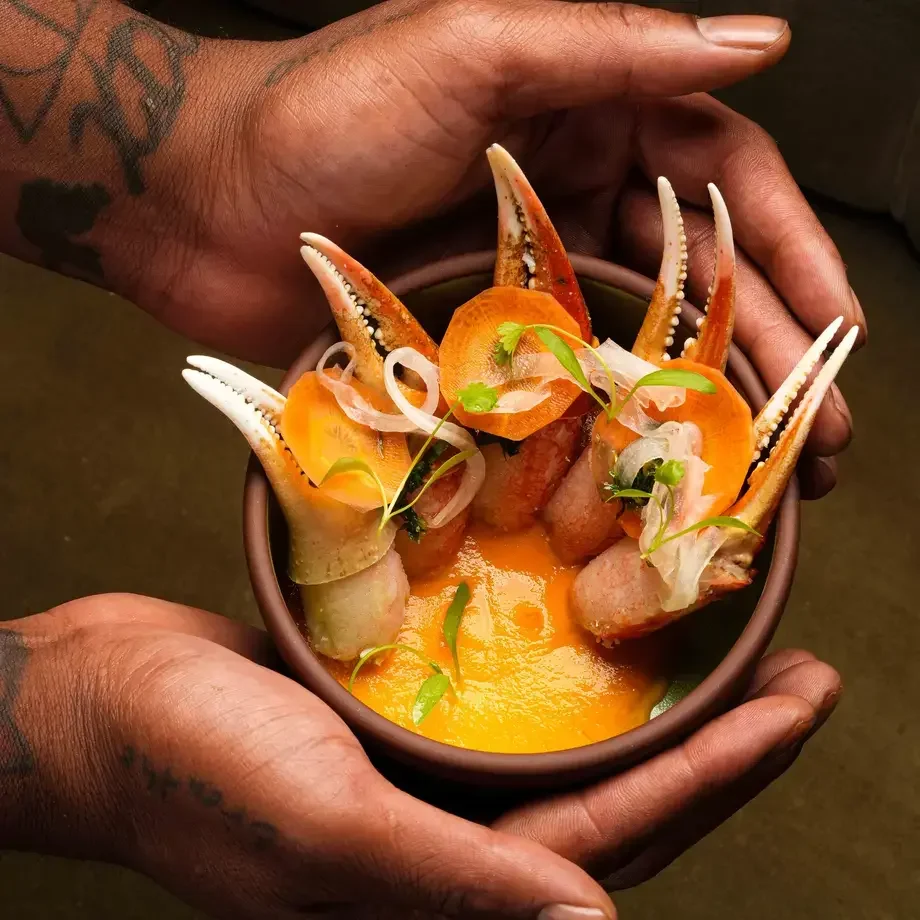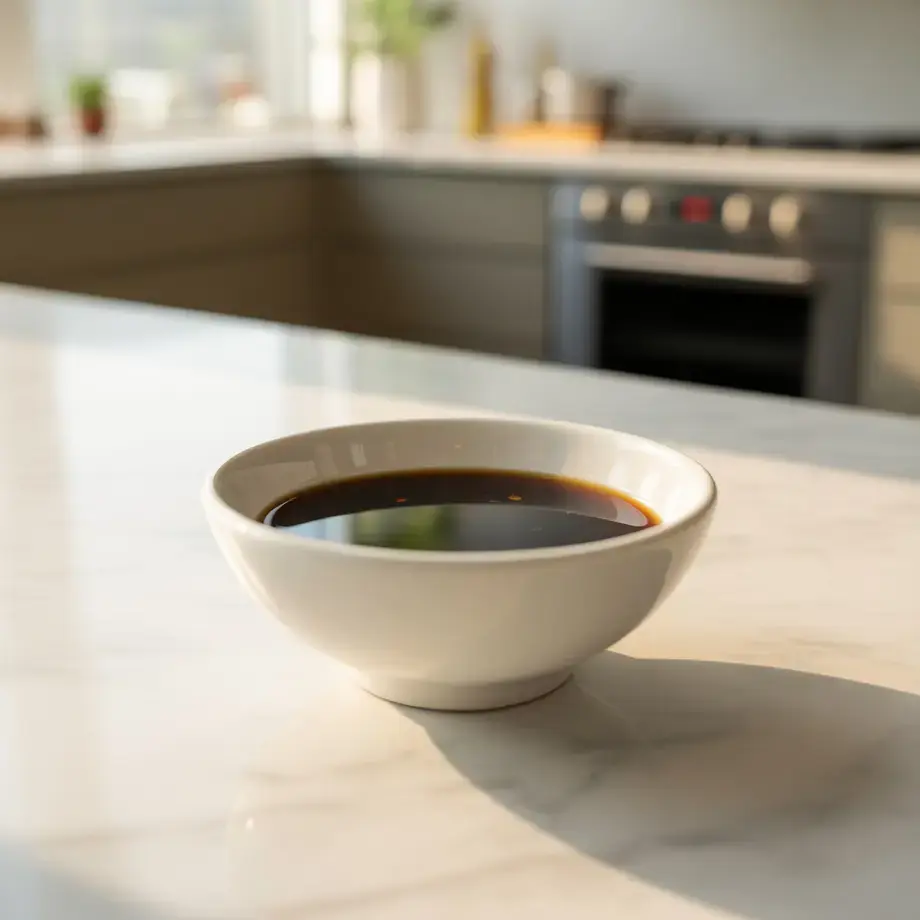Planet Farms and Fine Dining at Da Vittorio
Though Lombardy is known more for industry than agriculture, Tucci zeroes in on culinary innovation at Da Vittorio, a family-run, three-Michelin-starred restaurant in Bergamo. “One of the best restaurants in Italy—probably one of the best restaurants in the world,” Tucci says, introducing a tour of its groundbreaking in-house lab: Planet Farms. Founded by Luca Travaglini, the vertical farm is the first of its kind designed specifically for fine dining.
Travaglini grows up to 10 pounds of greens daily—pesticide-free and with minimal water. “They’re the only leaves that don’t need to be washed to be eaten,” he tells Tucci, noting the purity and intensified flavor. The result is the Planet Salad, which Tucci begins his meal with: a vibrant mix of 35 herbs and vegetables—including six varieties of basil—finished with red wine, cherry vinegar, and a balsamic vinaigrette.
Tucci continues his meal with an amberjack crudo taco, stuffed with Planet Farms herbs like shiso, red basil, and mint. Next comes a bright, garlic-free pesto—made from pulverized greens—that’s served in a nontraditional pairing with risotto, violet prawns, and salmon roe. “It’s beyond food,” Tucci says, visibly moved.



